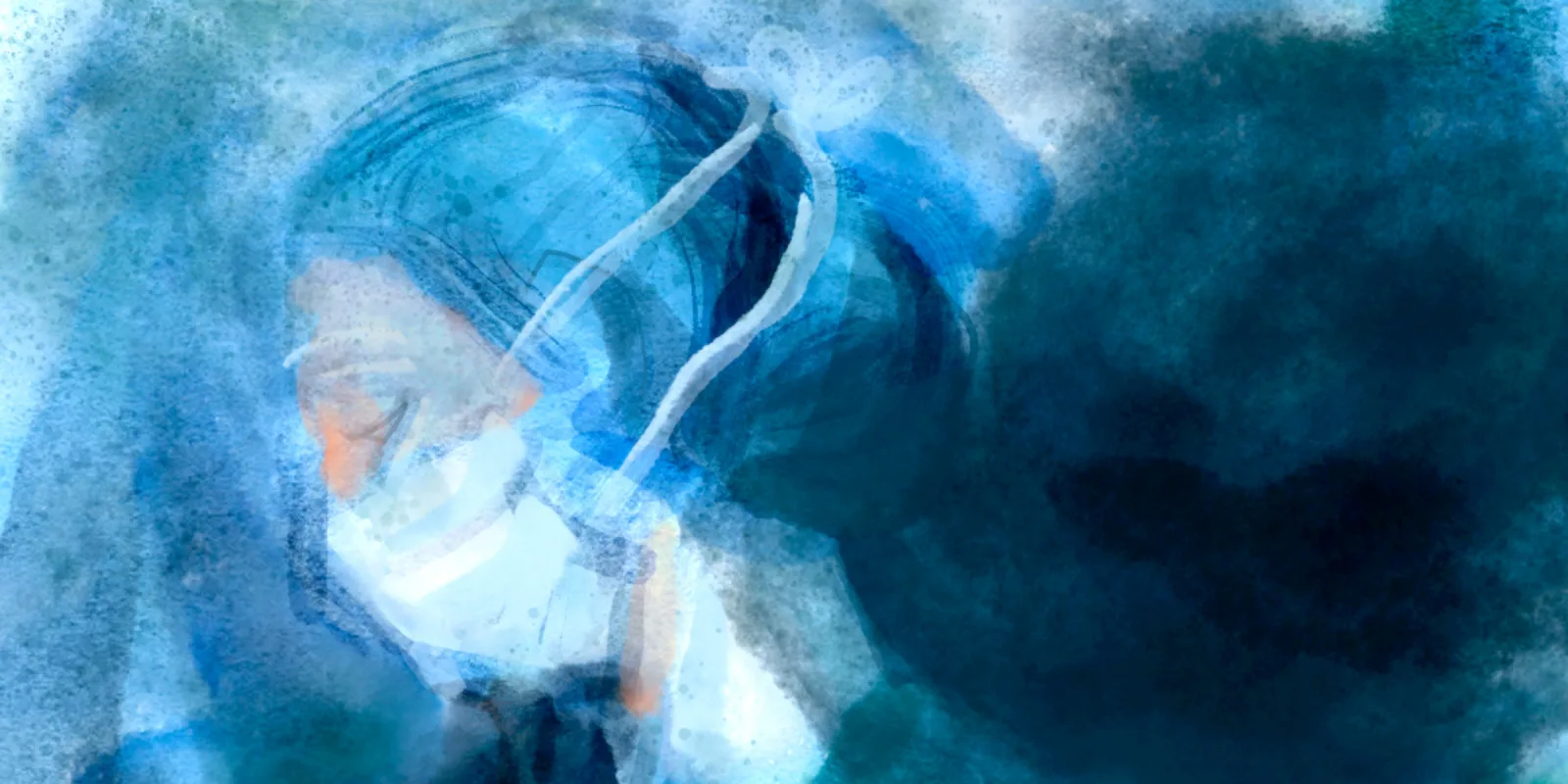
In the early weeks of March, I spent hours of every day poring over the SARS-CoV-2 data emerging from China. It showed that children were displaying mild symptoms, and the available evidence suggested they were asymptomatic carriers. The mother in me breathed a sigh of relief for my own two children — but I couldn’t find any data to allay my fears about my immunocompromised patients. Would they be more susceptible to this virus? Would they suffer severe sequelae if they did get infected? Every report mentioned high mortality for “comorbid conditions,” but the evidence on children, in general, was minimal. There was, at the time, only a small case series available and none of the children in it had cancer. All I could do was hold my breath and wait for news from my colleagues in New York City. My patients had questions and I felt like I was on the sidelines with no answers.
We are now months into this pandemic and while children are getting sick, it is at a much lower rate than adult patients. Across the country, there are some pediatric oncology patients who have fallen ill with COVID-19, but at the time of this writing, pediatric cancer patients as a whole don’t seem to be significantly more at risk than any other patient population. Indeed, youth seems to be protecting them, despite the chemotherapy that has beaten down their immune systems.
Along with the rest of the world, I am grateful that our children are not critically ill by the thousands, but keep a watchful eye on the emerging reports of multisystem inflammatory syndrome in children following COVID-19 exposure or infection. But as a physician, I feel helpless in many aspects. I practice in Houston, a city whose health care system has been able to manage its COVID-19 cases thus far. Cancer does not stop for a global pandemic and my patients deserve a healthy physician to care for them, so I have not volunteered to go beyond the scope of my practice to work on the front lines in hard-hit areas like New York City or Michigan. But while COVID-19 cases among the pediatric patients in Houston are manageable, from a medical perspective, the footprint of this pandemic is felt far and wide, particularly for pediatric cancer families.
Social distancing and infection control measures necessitate near isolation for the patients who are admitted for chemotherapy. Caregivers are limited in number and restricted in their movements, adding to the complexity of navigating a cancer diagnosis and other life activities 9like work and, now, homeschooling). Siblings are no longer allowed on units, further separating families from one another. The community partners who provide support for families are unable to provide it in person, which has historically helped to normalize the hospital environment for children. All patients admitted for chemotherapy, and young children who need sedation for exams, procedures, and imaging, have to undergo nasopharyngeal swabs for SARS-CoV-2 surveillance testing, adding to the long list of uncomfortable and frightening things they often cannot understand or process.
A few weeks into our social distancing measures, I instinctively reached out to hug a teenager as we cried together over an unexpected relapse. I immediately apologized and stepped back; I acknowledged how unfair a relapse is, much less one that occurs during a pandemic. I have often been in the position of being unable to offer a cure, but I have always been able to offer my support. Even the successes are tempered by COVID-19. Five years of watching someone grow up under extraordinary circumstances — chemotherapy, surgery, and radiation — feels like it should culminate in more than an air high-five or virtual hug. Until now, I hadn’t realized how much showing support, in good times and rough times, included physical contact.
I am now learning to navigate these difficult conversations, and times of triumph, with my face covered, my voice muffled, and my goggles fogging up. I find myself wondering how my patients and their parents feel. Do they see the sincerity in my eyes? Do they hear it in my voice? I hope the answer is yes, because this is what the sidelines of COVID-19 looks like for the foreseeable future.
Wendy Allen-Rhoades, MD is a pediatric oncologist, mother of two incredible kids, and lover of 90s country music. She blogs at www.beyondthecoat.com. Dr. Allen-Rhoades is a 2019-2020 Doximity Fellow.
Illustration by Jennifer Bogartz
Click here to see more perspectives on COVID-19 from the Doximity network.
Click here for up-to-date news about COVID-19 on Doximity.






